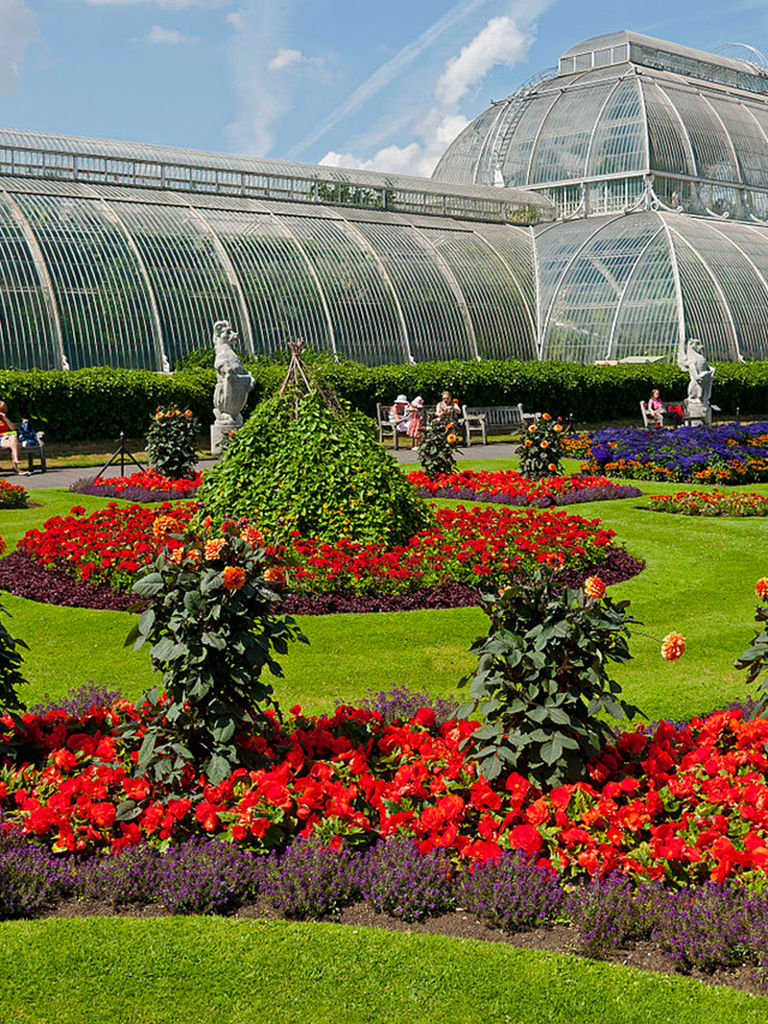
Francis Masson: Botanist and African explorer
Learn about Francis Masson's educational journey where he embarked on plant-hunting expeditions in South Africa in the 19th century.

Learn about Francis Masson's educational journey where he embarked on plant-hunting expeditions in South Africa in the 19th century.
Directly facing the city’s famous castle, the careful and lovingly executed renovation and rebirth of 100 Princess Street is eagerly awaited.
